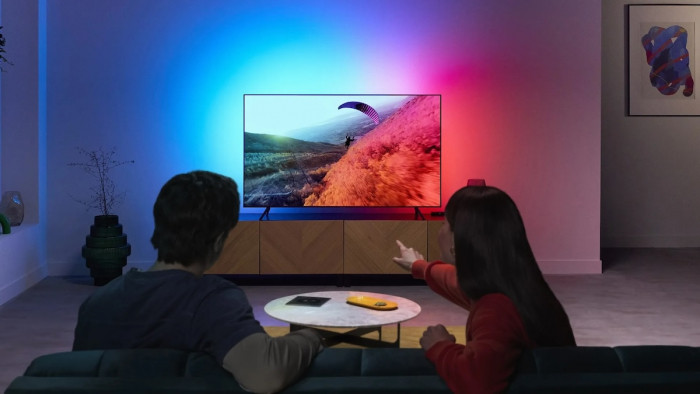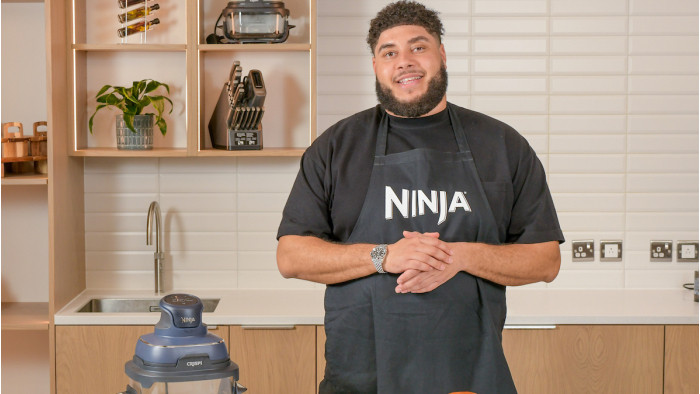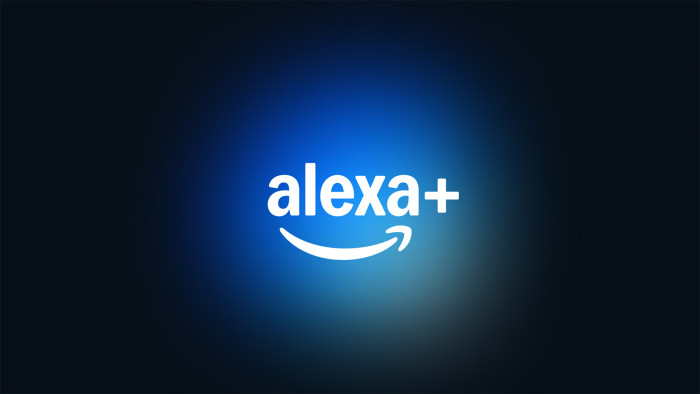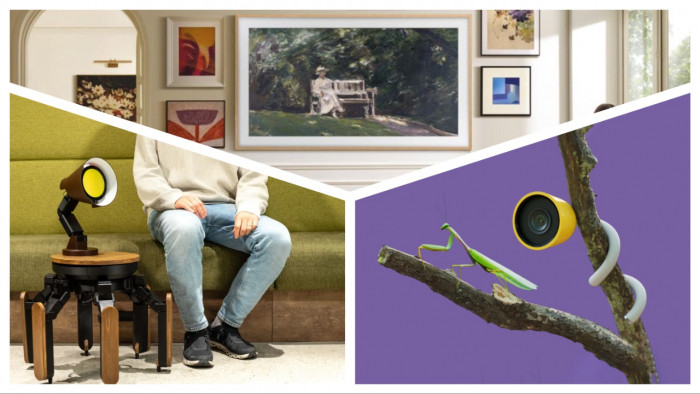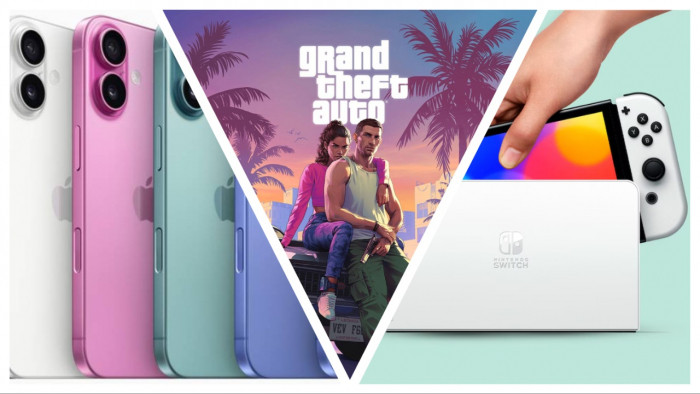It all began with a consignment of cheap plastic ‘smoke ring’ guns.
It was 2003 and there was a trend sweeping the UK for Japanese gizmos and Pete Cashmore, a 17-year-old from rural Scotland, was determined to become the UK’s leading ‘smoke blaster’ distributor. Unfortunately, it wasn’t long before he realised that physical products were hugely inefficient once you account for shipping, tax, breakages and consignments of lost blasters.
Thankfully, this first foray into business didn’t dampen his fierce entrepreneurial spirit. Cashmore sought a more efficient way to make money — so he went online and created Mashable.com, which — at the time of press — is being courted by CNN for a rumoured $200m (£128m).
Mashable is a social-media news blog that has grown into one of the world’s most profitable websites, attracting more than 12 million unique readers a month plus an associated Twitter account with almost 2.8 million followers to date. In Twitter terms, Mashable’s CEO Cashmore is bigger than Simon Pegg and Eddie Izzard.
It has taken him from a bedroom in Banchory, Aberdeenshire to New York, via San Francisco, and had him lauded by Forbes magazine as one of the top three ‘internet thought’ leaders of 2010.
MAKING MASHABLE
The birth of the website was a painful one. After suffering complications during surgery to remove his appendix in 2005, Cashmore was forced to spend time recuperating at home, separate from his exam-obsessed school peers at the Banchory Academy, so he turned to a desktop computer to relieve the boredom of isolation. He set up a hosting account, installed WordPress software and started blogging about the emerging social-media giants of the time such as MySpace, Facebook and YouTube.
He called his blog Mashable because “mash-ups” were an online trend at that time, with sites combining photos, video, music and text from different online sources to make fresh cyber mediums. To its readers, Mashable was a no-nonsense tool geared towards getting the most out of social media, emerging technologies and gadgets, but to Cashmore it was just a research exercise set up to zero in on what his next startup should be.
The entrepreneur has said setting up Mashable was appealing, “partly just because it was something I could do in bed and feel like I was achieving something”. A mere nine months after the site had gone live, Cashmore attracted his first advertiser. San Francisco-based company Userplane, an instant-messaging company, wanted to sponsor the site for $3,000 (£1,900) per month, so the website itself became the startup.
“At that time everything revolved around Silicon Valley, even the most respected online source for tech news, TechCrunch, was based on the West Coast,” says social-media analyst and web strategist Jeremiah Owyang. “There was a huge need for an outsider’s perspective.” It was a role that came easy to the 19-year-old sitting in his parents’ semi-detached house 18 miles outside Aberdeen.
Owyang continues: “In the beginning, Mashable didn’t assume that you knew the names of all the big players in Silicon Valley, largely because Cashmore didn’t. It didn’t assume that technology was your business. It simply assumed that you were interested and wanted to know more about it. That editorial ethos has remained to this day, and the writing attracts everyone from tech heads to early adopters and more mainstream consumers.”
As Cashmore himself has commented, writing about the internet and technology in this way “was a good way to get traction quickly”.
However, one of the biggest barriers to growth early on was that the blog was almost entirely dependent on Google searches for its audience. Then along came Twitter and suddenly the blog wasn’t just reliant on a single service any more. “Along with other sites such as Facebook and Digg, upon which Mashable has a considerable presence, Cashmore was able to increase his distribution and traffic,” adds Owyang.
One of the ways Cashmore has exploited these other sites is by leveraging his good looks as the avatar of the business, both online and off. “He may have received a lot of attention for his looks, but inside beats the heart of a true geek,” says a former Mashable insider, who worked closely with Cashmore in the US, but asked not to be named. “He was determined for the website to grow quickly and knew his personality could drive the business forward, particularly by targeting female tech consumers. Being in the limelight never seemed to bother him, but he certainly didn’t crave it. It was just good for Mashable.”
And the fact that he’s no Mark Zuckerberg in the looks department will not do anything to deter the huge number of the website’s female readers (many analysts say half of Mashable’s audience is female). Combine this with an affected American accent and a fondness for using dotcom buzzwords such as “traction” and “online space” and it was only natural that the kid from Scotland’s east coast would head to America’s West Coast.
Playboy of tech
Just under 18 months after launching, Mashable was one of the top 10 blogs worldwide and Cashmore officially set up the business in the US. The operation moved to San Francisco where weblog Gawker labelled him “the planet’s sexiest geek”, and he featured in an article in US style bible Details under the headline ‘The Playboys Of Tech’.
He was also the subject of a documentary on Al Gore’s cable channel and, living up to his moniker as “the Brad Pitt of the blogosphere”, even had his own photographer who trailed him around at Mashable parties and sponsored events across the country.
The US had been used to their internet wunderkinds wearing a uniform that mainly consisted of jeans and hoodies, but were suddenly thrilled to find someone who knew their way around a three-piece suit as well as a blog post.
“When he was on the West Coast, Cashmore never overstepped the boundary into Kim Dotcom-style craziness,” says his former Mashable colleague. “Whatever he did was just enough to raise his profile, and therefore the website’s profile, because the two were so inextricably linked in the minds of US consumers. He partied, hung out with actresses and started dating a model. That’s all.”
But Cashmore did more than party to ensure that his business continued to expand. Taking a leaf out of the book of one of his entrepreneurial heroes, Richard Branson, he has ensured that Mashable has diversified wherever possible.
“Mashable organises huge events and conferences, which are done in-house, that serve as a branding tool and a revenue stream,” says Owyang. “There is also a jobs section on the site now, which adds another dimension to the business model.”
Is it any wonder then that Mashable has been linked with the CNN buyout? “In early 2010 AOL tried to purchase Mashable but was turned down by Cashmore,” says Owyang. Instead, it was its biggest online competitor TechCrunch that succumbed to AOL’s chequebook and was bought for $25m (£16m).
“Since the takeover, TechCrunch’s editorial independence has been questioned, as well as concerns over full disclosure — basically how much financial involvement the website and AOL have over the startups that feature on the website,” says Owyang. Mashable’s CEO has been inscrutable enough to avoid such controversy, but slick enough to never rule anything out.
“Cashmore has a plan for his website and his future business interests,” says the former Mashable editor. “If a large media organisation wants to open its wallet to him it will have to make guarantees that the deal can help in speeding up that plan. What Mashable can give them in return is an online first strategy and the ability to stay relevant. To CNN, that’s probably worth $200m.”
Now, that’s quite a lot of smoke ring guns.
(Image: Getty)



